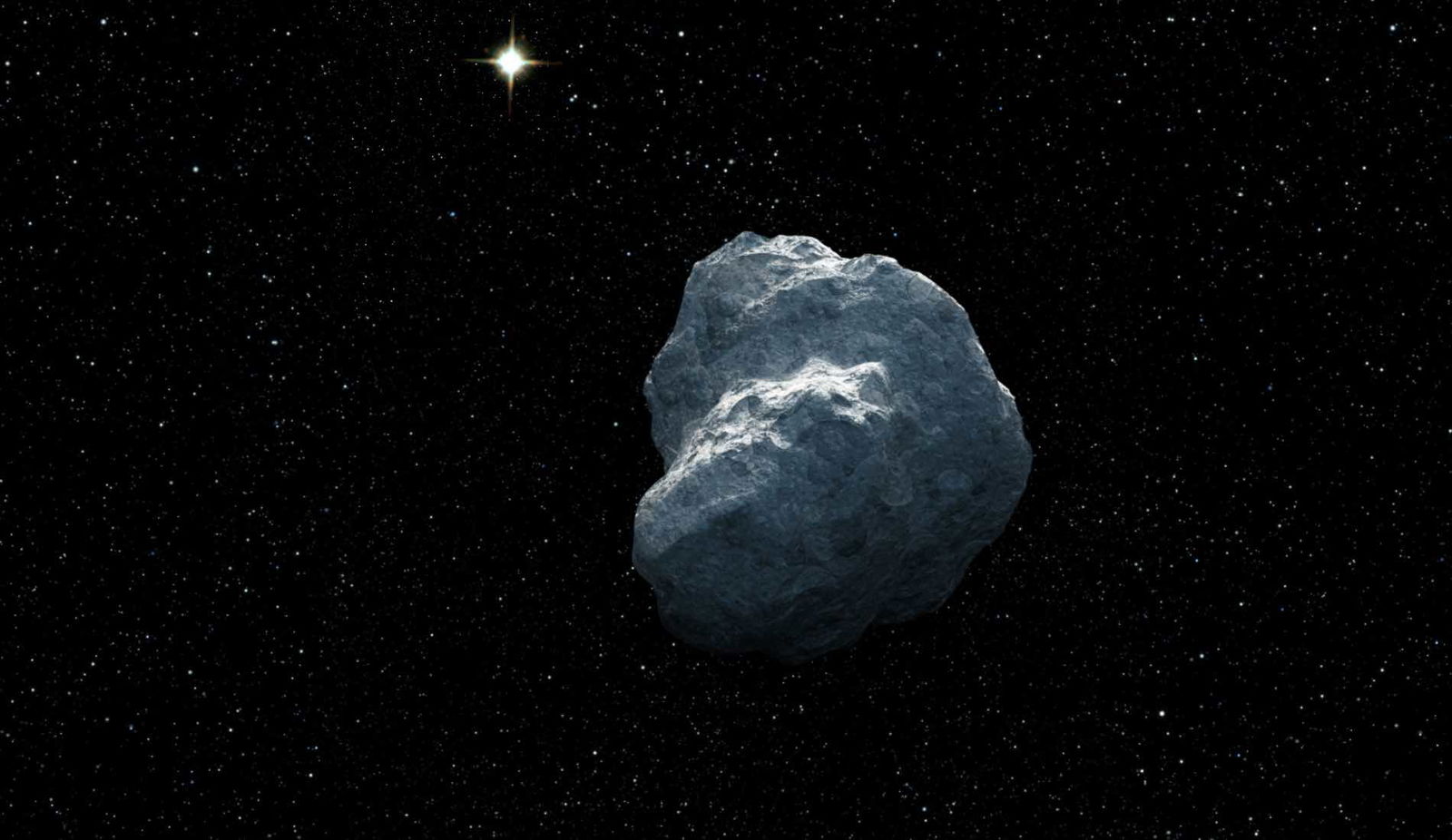Scientists using the James Webb Space Telescope are starting to unravel the details of mysterious objects at the edge of the solar system known as Trans Neptunian Objects (TNOs). Relics of the solar system’s formation over four billion years ago, TNOs offer researchers the unique ability to study the conditions before Earth and the other planets were born.
The researchers behind the published study believe their findings on the formation and chemical composition of these mysterious objects, including the critical role of the organic molecule methanol, could help understand one of humanity’s greatest mysteries: where does life come from?
Mysterious Objects at the Edge of the Solar System and the Origin of Life
Researchers are fascinated by TNOs for several reasons. As part of the protoplanetary disk that predates the solar system’s formation, these mysterious objects at the edge of the solar system offer a peek into the chemical components that formed all the planets, including Earth. Those same insights are critical to scientists hunting for the origins of life.
Scientists have proposed several possible mechanisms for the first life on Earth, including numerous studies suggesting the possibility that life’s origins are extraterrestrial. Other ideas include suggestions that lightning caused the first lifeforms to burst into life, life emerged from ponds and lakes rich in phosphates, as proposed by Charles Darwin, or that life first gained hold after a battle with viruses. Still, the mystery remains unanswered.
Fortunately, advanced imaging platforms like the James Webb Space Telescope, which recently spotted the most compelling signs of life outside of Earth ever, are allowing researchers to study mysterious objects at the edge of the solar system, including a Kuiper Belt Object (KBO) affectionately referred to as Snow Man for its familiar shape, in more detail than ever.
Now, much like the discovery of complex organic matter in the solar system that scientists say shouldn’t be there, the new effort by the UCF research team to use the JWST to study the chemical components of TNOs could offer critical insights into the early solar system, including clues about the origins of life.
Methanol and the Different Classes of TNOs
“Methanol, a simple alcohol, has been found on comets and distant TNOs, hinting that it may be a primitive ingredient inherited from the early days of our solar system — or even from interstellar space,” explained University of Central Florida Department of Physics Research Professor Noemí Pinilla-Alonso, the project’s co-leader.
Pinilla-Alonso clarified that methanol is not just a leftover chemical trace from the solar system’s birth but also a chemical that transforms into new compounds when exposed to solar radiation, “acting as a chemical time capsule that reveals how these icy worlds have evolved over billions of years.” This dynamic chemical state motivated the research team to study the chemical signature of methanol on TNOs to peer back in time.
After examining data from the JWST, the team found something unexpected. While most TNOs were of a similar age, those closer to the sun had a depleted amount of surface methane and a larger reservoir beneath the object’s surface. Conversely, TNOs farthest from the sun showed an overall weaker methanol presence. According to the study authors, sunlight may be the primary cause of the difference, a clue that could have a wide range of implications.
“What excited me the most was realizing that these differences were linked to the behavior of methanol — a key ingredient that had long been elusive on TNOs from Earth-based observations,” Pinilla-Alonso explained. “Our findings suggest that methanol is being destroyed on the surface of TNOs by irradiation, but remains more abundant in the subsurface, protected from this exposure.”
Associate Professor Ana Carolina de Souza-Feliciano from the UCF Florida Space Institute (FSI), who was part of the research team, said the work focused on the “cliff group” of TNOs, since they have mostly remained in place since they were formed over four billion years ago.
“One of the reasons why this group is a key for the outer solar system understanding is [because] it contains all the cold-classical TNOs,” the professor explained. “The cold-classical TNOs are the only dynamic group that probably stayed in the place where they formed from the formation of the solar system to today.”
Search for Methanol Can Aid Origin of Life Research and ‘Fuel’ Scientific Curiosity
Unless scientists find evidence of alien artifacts on Earth or alien technology hiding in our solar system, learning about the origins of life on Earth will likely fall to researchers studying the chemical basis for life and its role during the solar system’s formation. According to Rosario Brunetto, an astronomer at the Université Paris-Saclay and the leader of the research with fellow scientists Elsa Hénault and Sasha Cryan, discoveries like theirs can simultaneously add critical reference data to that search and spur interest in this type of research.
“This discovery not only reshapes our understanding of TNOs but also provides a crucial reference for interpreting JWST’s observations of other distant objects, such as Neptune Trojans, Centaurs, and asteroids, as well as for future missions exploring the outer solar system,” Brunetto said. “Beyond its scientific significance, the search for methanol in the solar system also fuels curiosity and inspires new generations to explore the cosmos and understand the chemical evolutions in space.”
Christopher Plain is a Science Fiction and Fantasy novelist and Head Science Writer at The Debrief. Follow and connect with him on X, learn about his books at plainfiction.com, or email him directly at christopher@thedebrief.org.

